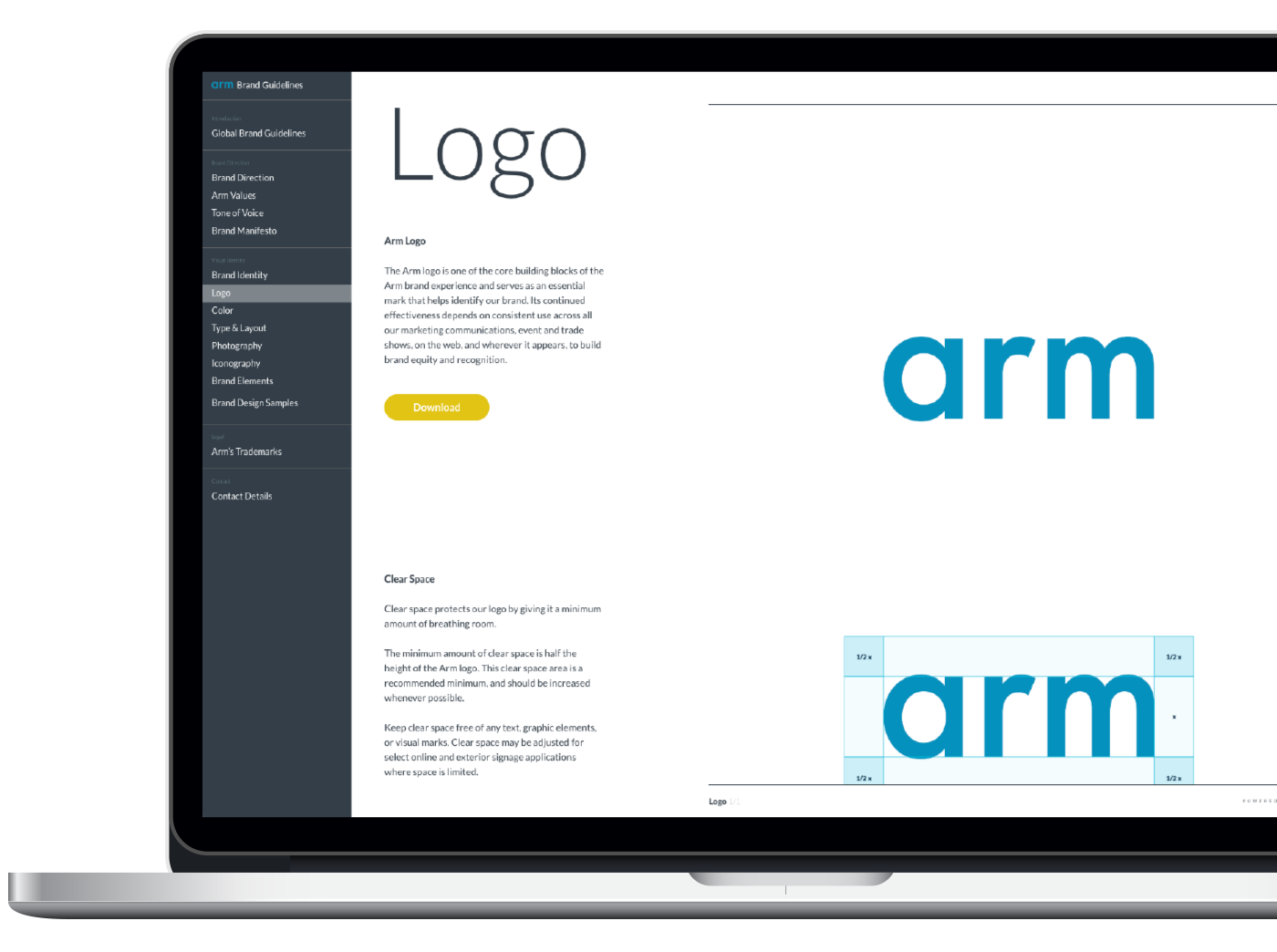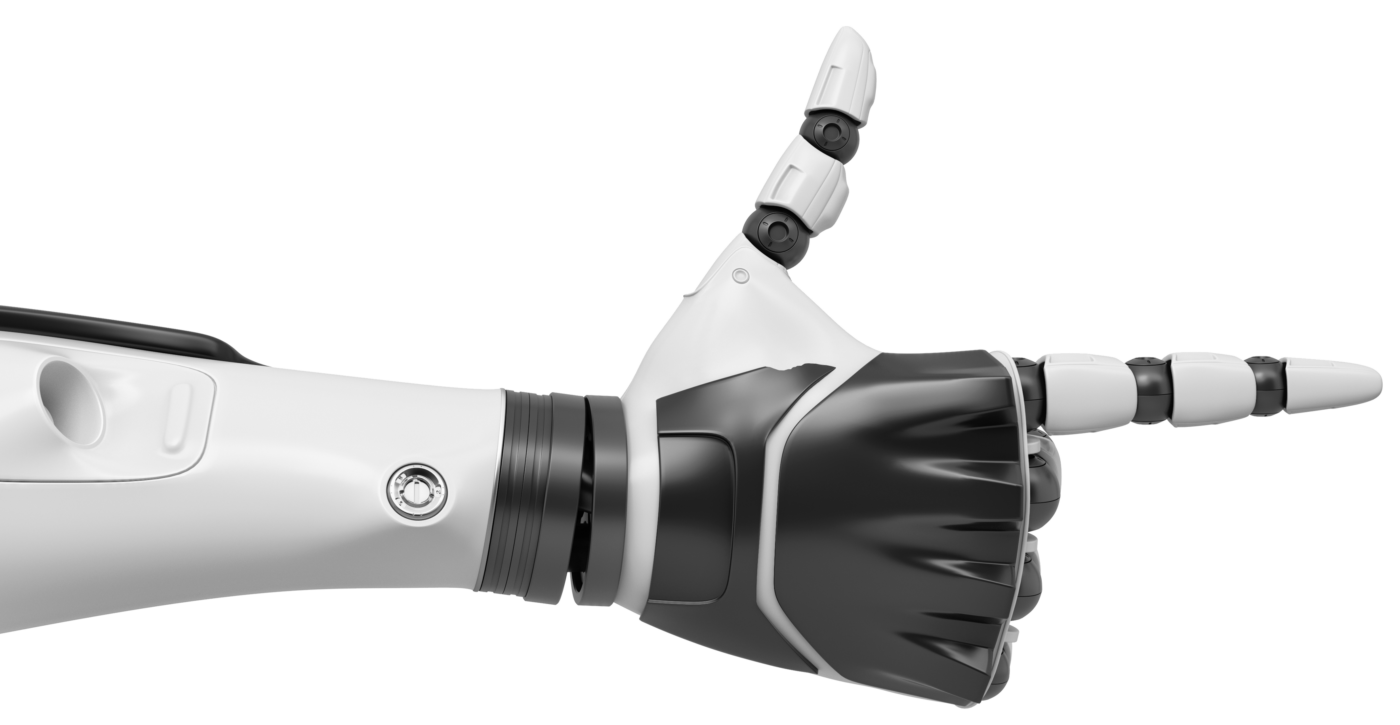The Dawn of New Desktop Devices: Arm-Powered NVIDIA DGX Spark Workstations to Redefine AI Computing

For the past several years, complex, compute-intensive AI development has been anchored on the cloud. However, as devices, models and workloads evolve, so do expectations – and options. Developers and researchers want faster iteration on their desks, creators demand real-time rendering without queues, and enterprises need tighter control over costs and sensitive data. These drivers have seen the emergence of new AI workstations that enable powerful large-scale AI processing capabilities on the desktop. At the center of these new workstations is the Arm compute platform.
From Proof Point to Products
Earlier this year, NVIDIA demonstrated what could be possible in future workstations through NVIDIA DGX Spark: a compact Arm-based AI supercomputer delivering up to a petaflop of AI performance and support for models up to 200 billion parameters – which extends to 405 billion parameters with two DGX systems connected together – entirely on-device.
NVIDIA DGX Spark is now available, with leading OEMs launching new AI workstations built on NVIDIA’s Arm-powered GB10 Grace Blackwell Superchip. With the Arm compute platform as its foundation, the GB10 delivers high performance and exceptional compute density that are critical to enabling advanced AI capabilities in compact systems. Then, when projects need to scale, the path to Arm-based servers and cloud platforms, like NVIDIA Grace Blackwell-based cloud and datacenter systems, remains open and seamless.
Key features of the Arm-based GB10 include:
- A 20-Core Arm configuration: A balanced mix of Arm Cortex-X925 and Cortex-A725 CPU cores powers a wide range of AI workloads, from data pre- and post-processing and tokenization to orchestration and smaller reinforcement learning tasks. This design reduces bottlenecks in the GPU during AI processing, freeing it to focus on larger-scale workloads.
- Unified memory architecture: Unlike traditional workstations that split memory between CPU RAM and GPU VRAM, the GB10 uses a unified memory pool. This reduces data transfer overhead and allows developers to run larger models of up to 200 billion parameters at the edge, with the Arm CPUs orchestrating the shared memory space.
- Toolchain portability: The NVIDIA AI software stack, as well as Docker and Cloud Native Computing Foundation (CNCF) projects like Kubernetes that containerize inference and training workloads, already runs natively on Arm. As a result, the tools for development and deployment in the cloud are also available at the edge on GB10-based AI workstations, with developers benefiting from smoother, faster development experiences.
OEM Momentum with First Wave of NVIDIA DGX Spark AI Workstations
Half a dozen leading OEM DGX Spark designs are now launching, including:
- Acer Veriton GN100 AI Mini Workstation;
- Asus Ascent GX10 AI Supercomputer;
- Dell Pro Max with GB10;
- Gigabyte AI Top Atom;
- HP ZGX Nano AI Station;
- Lenovo Thinkstation PGX;
- MSI EdgeXpert; and
- NVIDIA DGX Spark Founder’s Edition.
Together, they represent a new class of high-performance on-device AI on desktops, giving developers, researchers, and enterprises the tools to build and deploy state-of-the-art AI models with greater speed, efficiency, and accessibility.
All the NVIDIA DGX Spark AI workstations are equipped with unified memory architectures of up to 128GB, and the ability to run and fine-tune models as large as 200 billion parameters locally, dramatically reducing reliance on cloud resources. Moreover, with petaflop-scale performance, they deliver the computing power needed to accelerate inference, optimize training workflows, and support real-time generative AI applications.
These new DGX Spark AI workstations from leading OEMs underscore the depth of industry alignment around these Arm-based computing systems. The direction is clear: more vendors, more form factors, and more choice for users.
Expanding Use Cases and Ecosystem Support
With the Arm-powered NVIDIA GB10 superchip at their core, the new AI workstations are set to unlock advanced applications and use cases across industries entirely on-device, including:
- Enterprise AI development: Secure prototyping and inference with sensitive data kept on the device.
- Life sciences: Drug discovery simulations, genomics analysis, and medical imaging where data privacy and fast iteration are required.
- Medical research: Local model fine-tuning for precision diagnostics.
- Robotics and automation: Training and validating control models for autonomous systems, drones, and industrial robotics with real-time feedback loops.
- Energy and climate science: Local simulation and modeling for renewable energy optimization, seismic analysis, and weather prediction.
- Media and creative industries: Generative AI for content creation, including image and video generation, as well as improving productivity for creative tasks.
ISVs are also accelerating support for Arm-powered AI workstations, aligning with wider ecosystem trends of partners moving to Arm-based platforms for their AI workloads. Early ecosystem partners are optimizing their applications for these platforms, ensuring that creative, developer and enterprise workflows are ready from day one.
An Ecosystem Moving Together
What’s happening with the new AI workstations is bigger than any single product, it represents a wider movement across the ecosystem. NVIDIA’s roadmap is bringing its partnership with Arm from the datacenter to the desktop, OEMs are committing to the AI workstation hardware across form factors, ISVs are expanding native support, and the Arm platform provides the compute foundation for high performance that scales.
The message is clear: AI workstations are here, and they’re being defined by the expansive, world-leading Arm ecosystem.
Bringing Cloud Class AI at Your Desk
Arm-powered AI workstations are bringing performance per dollar, architectural efficiency, and developer readiness to the forefront of large-screen compute.
Any re-use permitted for informational and non-commercial or personal use only.














